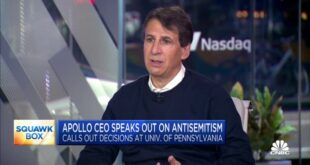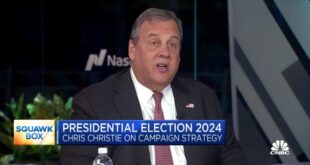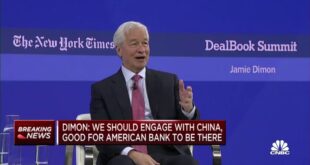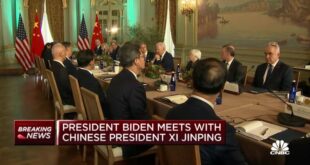
T.J. Kilpatrick | Bloomberg | Getty Images
President Donald Trump, right, speaks while Senator Tim Scott, a Republican from South Carolina, listens during a working session regarding the Opportunity Zones provided by tax reform in the Oval Office of the White House in Washington, D.C., U.S., on Wednesday, Feb. 14, 2018.
Just weeks before the midterm elections, the Trump administration announced details of tax breaks designed to help spur investment in economically distressed neighborhoods.
But while investors and real estate developers can expect to see immediate tax benefits from the new rules, it won’t be clear for a while how effective the program will be in helping voters in the neighborhoods targeted for tax breaks.
The new program targeting so-called “opportunity zones” was included in the $1.5 trillion tax overhaul enacted late last year. Republicans, who are defending majorities in the House and Senate this November, had hoped to stake their campaign messaging to the tax cuts. But the measure failed to resonate with voters on a large scale.
The idea behind the investment and incentive program isn’t new. State and local governments have used tax incentives for decades to create enterprise zones to attract investment.
The new rules announced Friday outline a series of tax breaks for development in some of the poorest communities in the country that are home to nearly 35 million Americans.
- Based on recent Census data, the designated census tracts had an average poverty rate of over 32 percent, nearly twice the national average.
- Median family incomes average 37 percent below the area or state median, and unemployment rates were nearly 1.6 times higher than average.
- These targeted Opportunity Zones are also twice as likely to be located in a county that had reported a poverty rate of at least 20 percent for 30 years.
The plan has already drawn strong interest from investors. Last month, Treasury Secretary Steven Mnuchin predicted that the new program would generate more than $100 billion in fresh capital for projects in targeted neighborhoods.
Investors in these designated zones stand to benefit from generous tax benefits for qualified projects. Under the new rules, capital gains generated through a certified opportunity zone fund will not be taxed through the end of 2026 or when the investment is sold, whichever comes first.
 EU News Digest Latest News & Updates
EU News Digest Latest News & Updates



